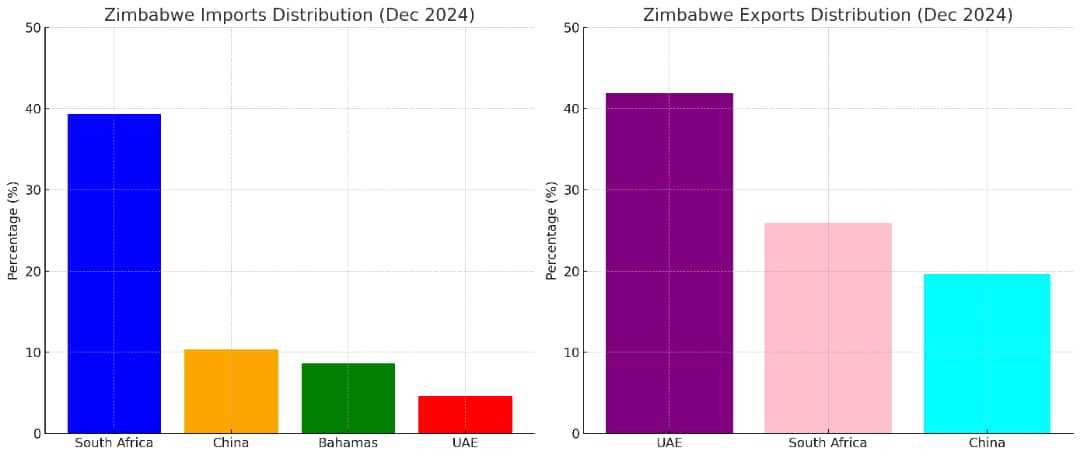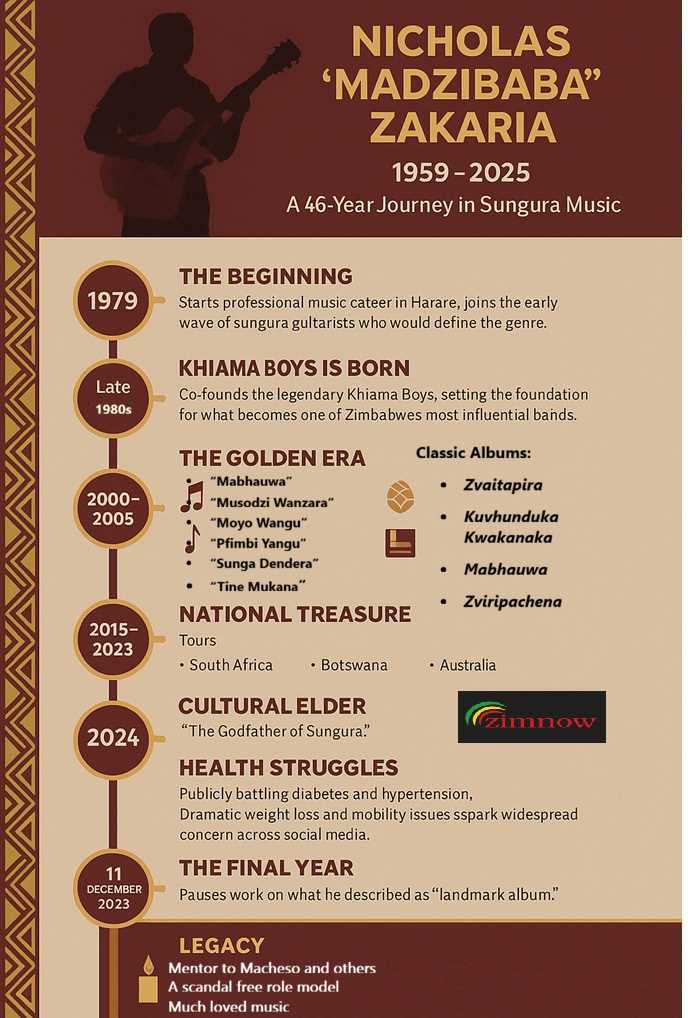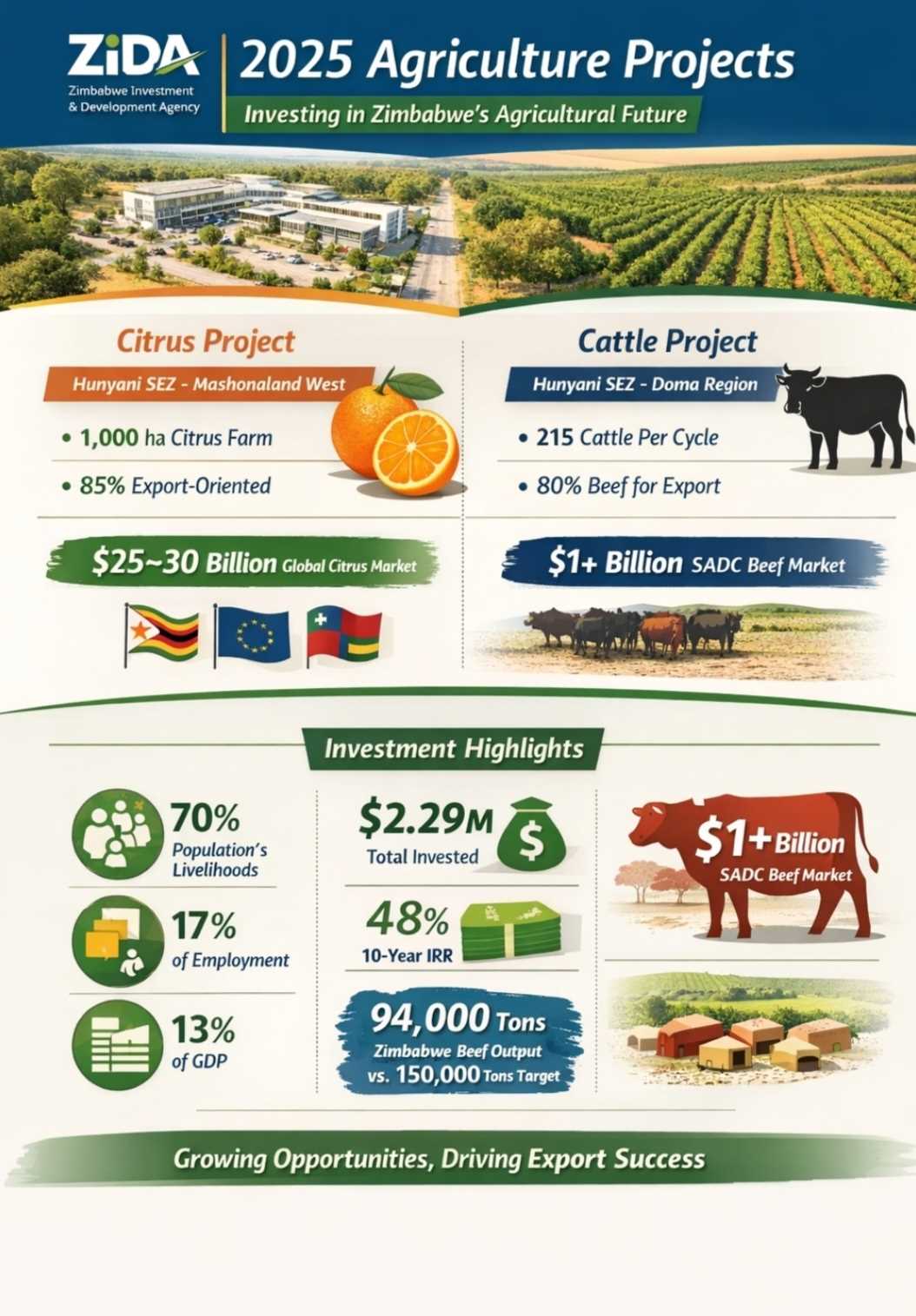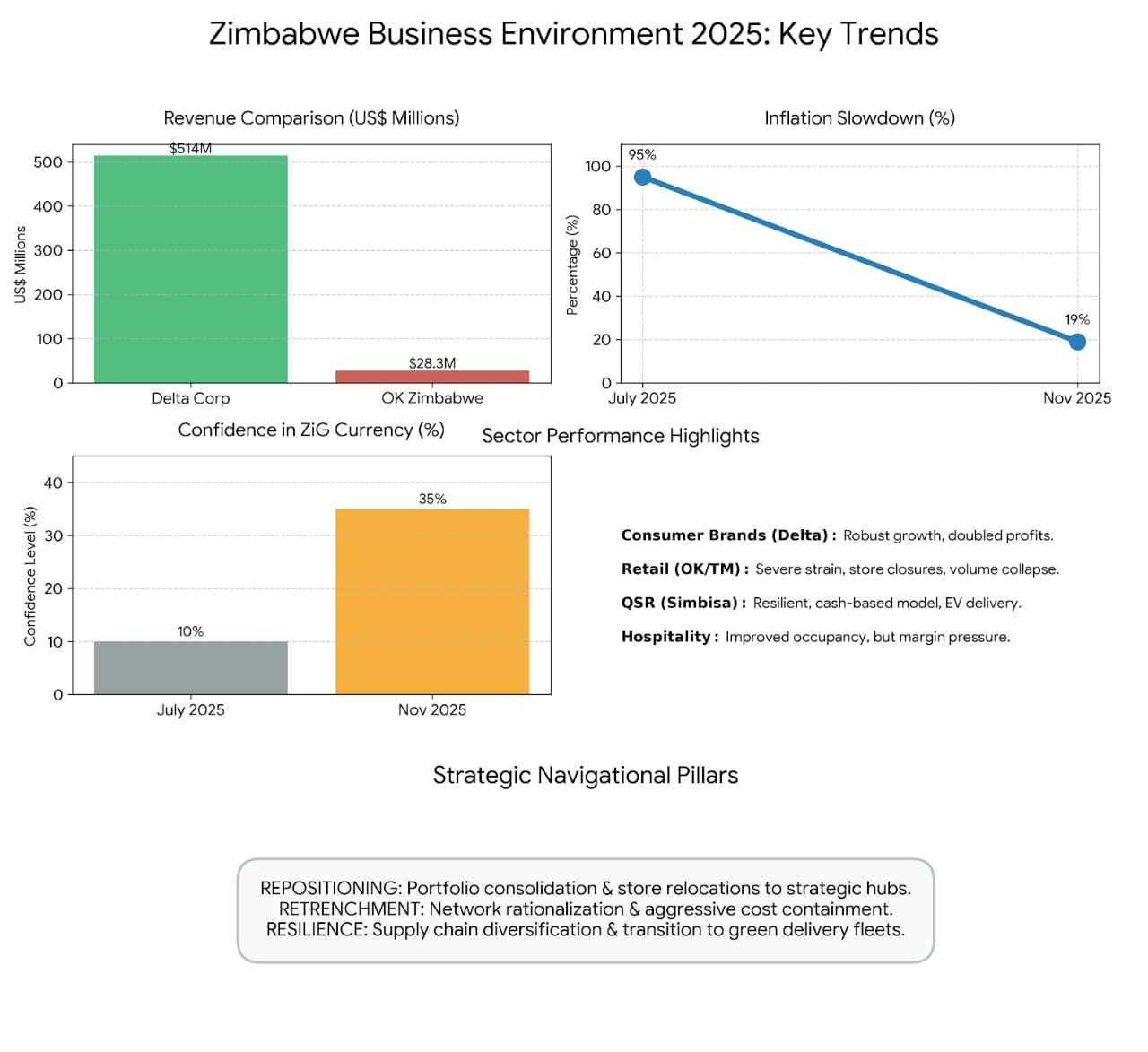
Zim Now Writer
Zimbabwe’s trade deficit has widened in 2024 as imports surged faster than exports, underscoring the country’s ongoing economic challenges.
Newly released trade data reveals that while exports grew modestly by 3% to US$7.4 billion, imports outpaced this growth with a 4% increase, totaling US$9.5 billion. As a result, the trade deficit expanded by 6%, reaching US$2 billion.
Zimbabwe’s export sector continues to be dominated by a few key commodities, with gold, tobacco, and nickel accounting for 65% of total export revenue. Gold remains the country’s primary export, contributing US$2.5 billion, followed by tobacco, which earned US$1.3 billion, and nickel, which brought in US$989 million.
These commodities are vital for Zimbabwe's foreign exchange earnings, with gold maintaining its position as the top earner despite global market fluctuations.
The rising import bill, however, highlights Zimbabwe's ongoing dependency on imported goods, especially fuel and staple foods. In December 2024, the total import value stood at $889.3 million, with South Africa, China, the Bahamas, and the United Arab Emirates accounting for 70% of Zimbabwe’s total imports. South Africa, the dominant source of imports, contributed 39.3%, followed by China with 10.4%, the Bahamas at 8.6%, and the UAE at 4.6%.
Fuel remains one of Zimbabwe’s largest import expenditures, with diesel imports alone totaling US$956 million in 2024. Petrol added another US$473 million to the import bill. The country also spent US$602 million on maize imports, reflecting ongoing food security concerns due to poor local production, which has been impacted by both economic and climatic factors.
Related Stories
On the export side, Zimbabwe continues to rely on a few key markets. In December 2024, the UAE emerged as the largest destination for Zimbabwean exports, receiving 41.9% of the total export value, followed by South Africa at 25.9%, and China at 19.6%.
Together, these three countries accounted for 87% of Zimbabwe’s total exports, which amounted to US$692.4 million. The UAE, in particular, has become a major trade partner, receiving the bulk of Zimbabwe’s gold exports, while South Africa remains a critical market for tobacco and nickel.
Beyond trade, Zimbabwe continues to receive significant financial inflows from external sources, which help to stabilize the economy.
According to the 2025 national budget, in the first three quarters of 2024, the country received US$1.566 billion in diaspora remittances, US$873 million from NGOs, US$1.262 billion in private loan proceeds, US$91 million in income receipts, and US$333 million in foreign investment.
These financial inflows play a crucial role in supplementing Zimbabwe’s foreign exchange reserves and providing some buffer against the growing trade deficit.
However, the reliance on raw material exports and essential imports remains a structural challenge for the country’s economy. Economic analysts have called for diversification in both exports and the domestic economy.



















Leave Comments